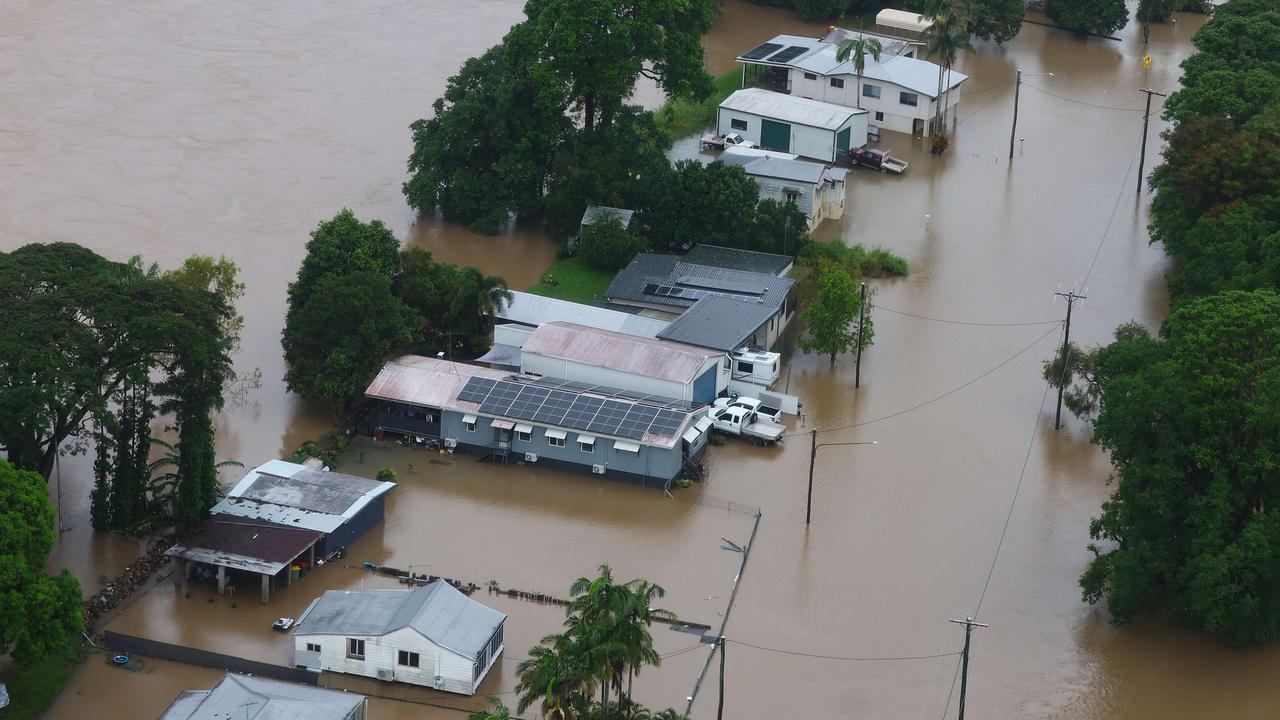New $90m plan to get Australia to net zero
Aussie scientists developed the cattle feed additive that could slash methane emissions worldwide. Now there is new hope to help us get to net zero.
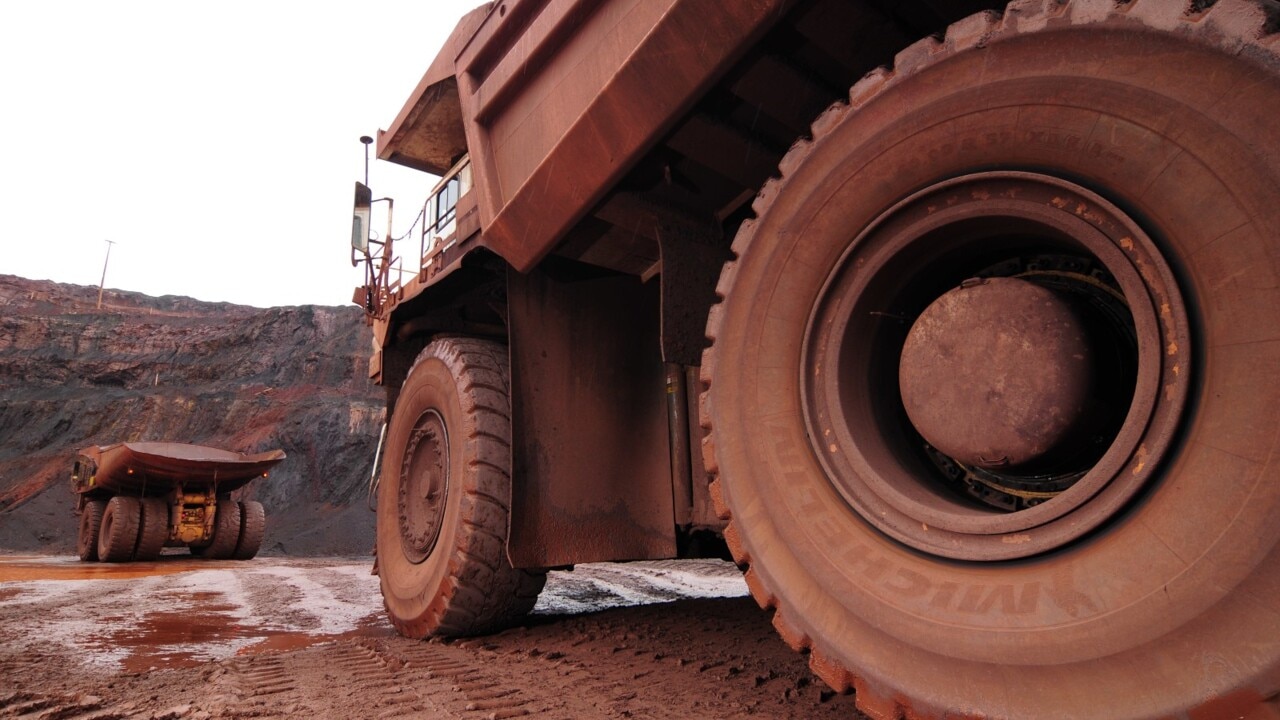
Environment
Don't miss out on the headlines from Environment. Followed categories will be added to My News.
The ‘miracle pill’ that stops cattle belching and farting methane has finally gone on sale – and now the organisation that developed it is looking for the next breakthrough technology that will help Australia slash its greenhouse gas emissions.
On Tuesday the CSIRO will launch its new $90 million Towards Net Zero mission, which will aim to develop greenhouse-gas-busting technologies in some of our most heavily emitting industries: agriculture, aviation and steelmaking.
Globally, those three sectors are greenhouse gas giants: agriculture is responsible for 18 per cent of all emissions, while steelmaking represents 7 per cent and aviation contributes another 2 per cent.
But bringing emissions down across all those industries will unlikely be achieved with just a “silver bullet,” Dr Michael Battaglia from the CSIRO said.
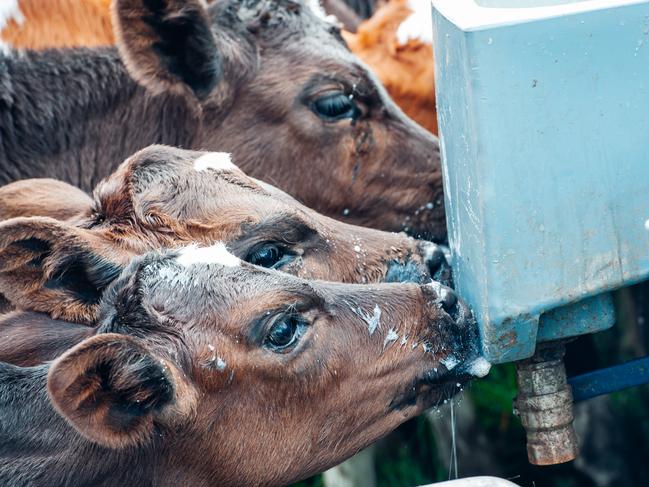
Even the CSIRO’s much-hyped miracle pill – the seaweed-based feed additives which cut the methane emissions of cows by up to 90 per cent in tests – have their limitations, he said.
“At the moment we might have the pill, but we’ve got to get the pill to the people, or in this case, the cows. That still represents a challenge, and that’s what makes a mission different,” Dr Battaglia said.
“It’s one thing to invent new technology; it’s another to get it widely adopted into systems of use where it does make a difference. So missions are about going beyond just the technology invention, into understanding how we develop that capacity for adoption … so they can get out there and make a difference.”
Beyond methane pills for cattle, the CSIRO will also investigate other types of feed additives, a legume-heavy diet for livestock, hydrogen-sourced fertilisers and the rotational sequencing of grain crops as ways to slash emissions in the agriculture sector.
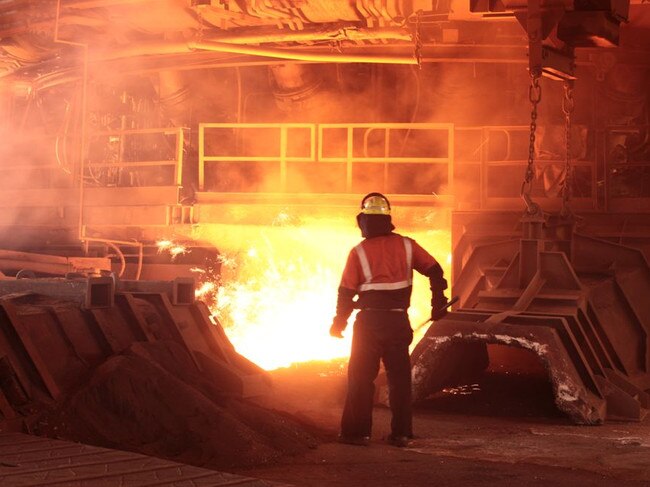
While the National Farmers Federation and Aussie steelmaker BlueScope have both set goals of getting to net zero by 2050, Dr Battaglia said technological gains alone would only cut emissions by 75 per cent in the farming and steelmaking sectors. The remaining emissions would have to be offset, he said.
Cutting emissions in the “hard to abate” sectors could help keep those industries internationally competitive as the world looks to buy products that are made with lower emissions.
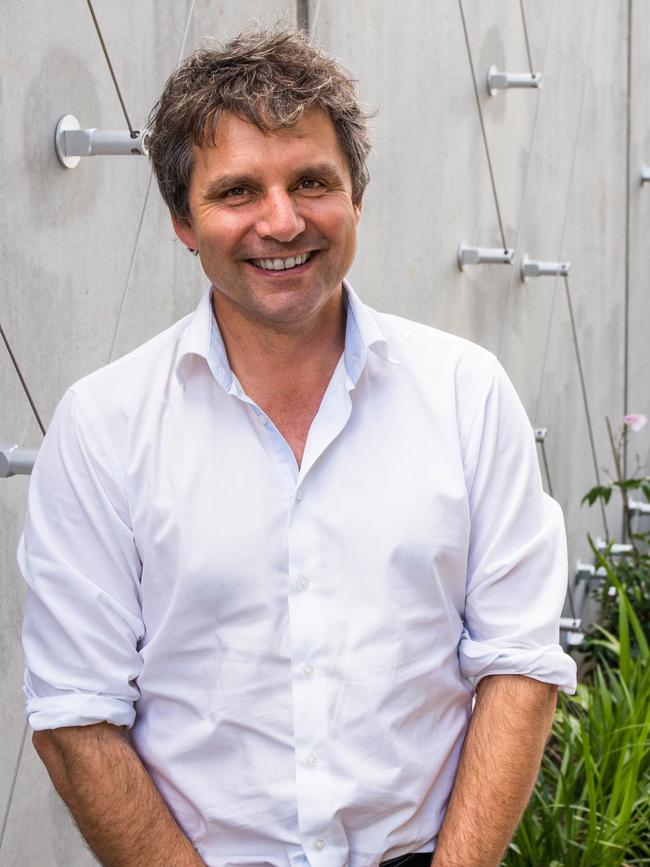

“Decarbonising steel is a race,” the Australian Workers’ Union stated in a recent report on the future of Australia’s steel industry.
“It’s a race against climate change and, equally importantly, it’s a race against global market competitors.”
Minister for Industry and Science Ed Husic said: “CSIRO’s Towards Net Zero Mission is a great program that will use large-scale research to help Australian industries reduce their emissions and stay competitive in a decarbonising global economy.”
“It’s terrific to see CSIRO’s excellent work in lockstep with the Albanese Government’s ambition to create Australian jobs and hit our emissions reduction targets.”
The CSIRO launch comes as the group Farmers for Climate Action called for the federal government to introduce renewable energy incentives for farmers, including a subsidy program for on-farm batteries.
Farmers for Climate Action CEO Dr Fiona Davis said renewable energy could be a “massive positive for farming and regional communities,” but these groups had not been “sufficiently engaged” to date.
“Boosting on farm batteries with a subsidy will mean local energy is used locally, reducing strain on the grid and saving farmers money,” Dr Davis said.
More Coverage
Originally published as New $90m plan to get Australia to net zero





